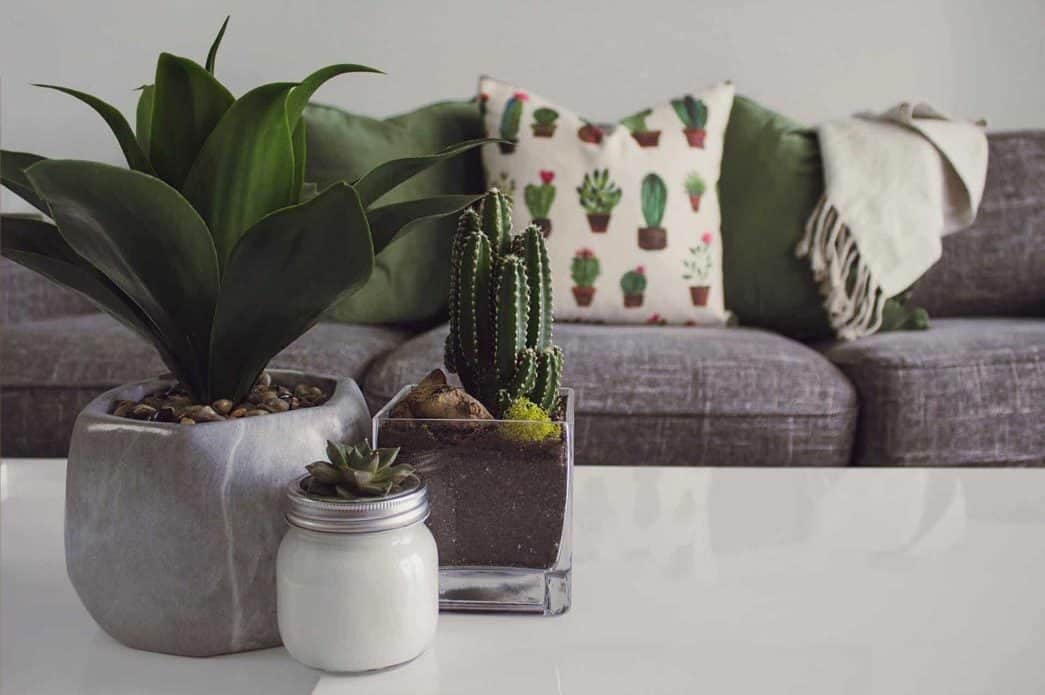Menu

Most of our customers love their window shutters for their clean look, smooth textures and neutral colours, not to mention a whole host of practical benefits. But they are not just amazing in their own right – they also help make the surrounding room look better and improve the overall aesthetic of your space.
Their appearance tends to go well with most interior styles, regardless of colour and decor. But there are lots of homeowners who go the extra mile, complementing their shutters with splashes of colour and material in the space around them. This allows them to build up a more defined aesthetic while maintaining the practical benefits offered by window shutters – such as light control, insulation, privacy and ventilation.
“Diamond shutters are committed to an eco friendly environment and all the cardboard we use through our manufacturing process is fully recyclable.”



FINANCE STATEMENT
Any late or missed repayments may have serious consequences and your credit rating may be affected which could make it more difficult to obtain credit in the future. Offered subject to status and successful credit assessment.
Interest Free Options available please contact us for further details.
Diamond Shutters Ltd trading as Diamond Window Shutters acts as a credit broker and not a lender, offering credit products provided by Specialist Lending Limited (trading as Duologi). Diamond Shutters Ltd is a limited company registered in England and Wales under number 05403049 at the registered address: 132 Station Road, Sidcup, DA15 7AB
Copyright © 2024 Diamond Window Shutters | Web Design By Smoking Chili Media